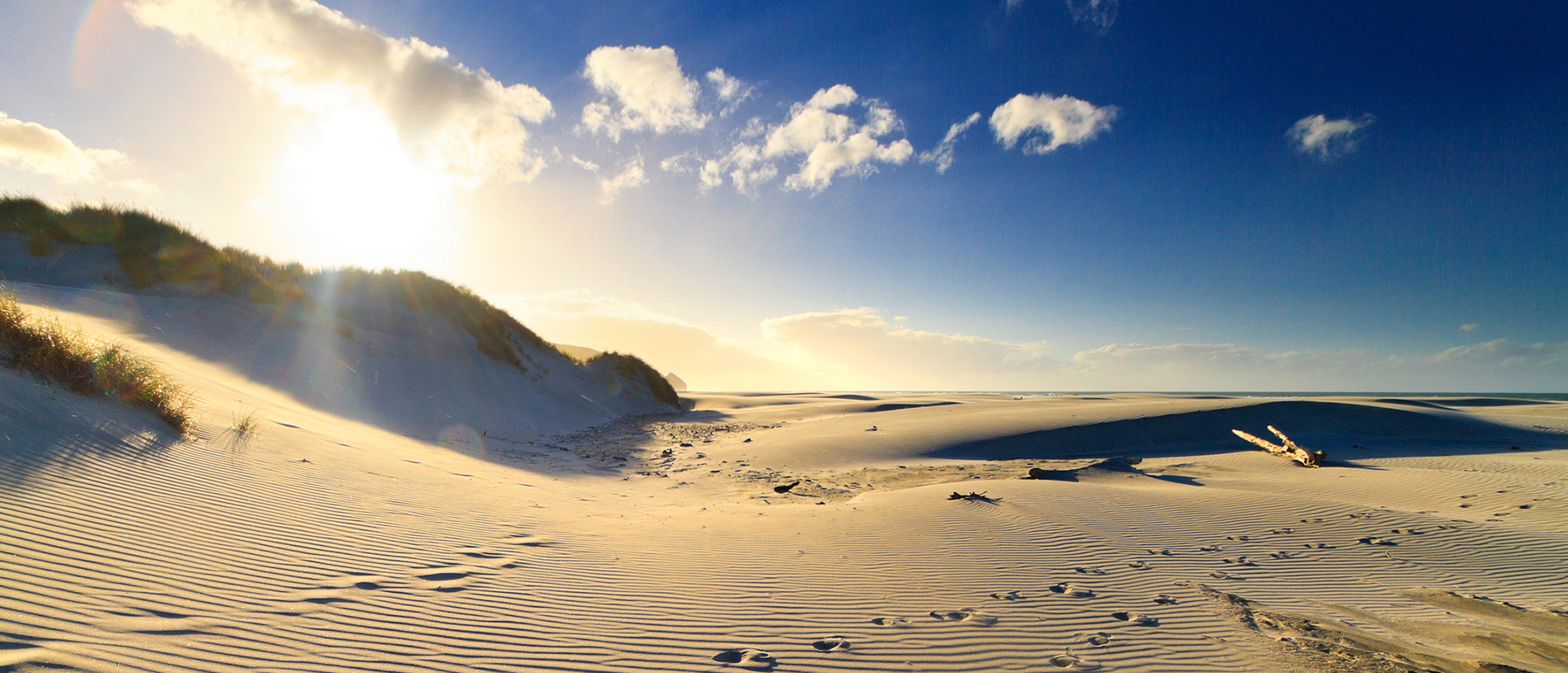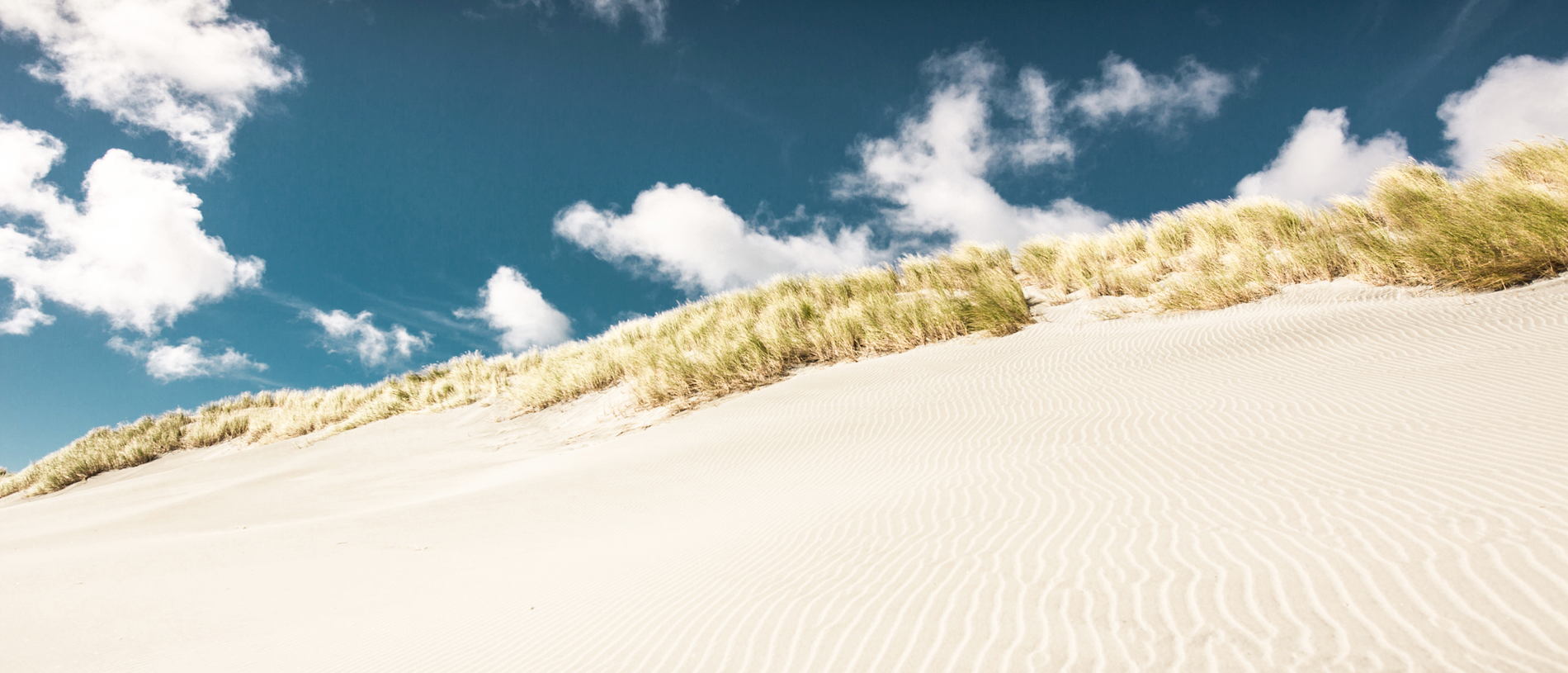
Farewell Spit: the longest natural sandbar in the world
Travel along the longest natural sandbar in the world, a sanctuary to over 90 bird species, including bar-tailed godwits, knots, curlews, whimbrels and turnstones.

You might be forgiven for thinking Farewell Spit is named for the last thing Abel Tasman did as he high-tailed it out of Murderers’ Bay (now bearing the more marketing-savvy moniker, Golden Bay), Batavia-bound after his unhappy brush with the tangata whenua.
In fact, though, it was named by James Cook, to mark the end of his first visit to New Zealand.
At the western end of the Strait, extending 35km east in a pleasant, sweeping arc east from Cape Farewell, the northernmost extremity of the South Island, the real Farewell Spit is the longest natural sandbar in the world.
Formed by the currents that sweep up the West Coast of the South Island and curl around Cape Farewell into Cook Strait, the Spit is composed entirely of the ground-up mountains of the Main Divide.
In places, the sugary, white sand is piled 30 metres high (the Māori name, Te Onetahua, means ‘heaped-up sand’) and whereas the Spit was once largely covered in vegetation, thanks to less-than-visionary farming techniques in European times, the sand was for many years given free rein. Selective planting and the encouragement of marrams and Spinifex are beginning to take effect, stabilising the peripatetic dunes.
Why bother? Well, the Spit forms a kind of halfway hotel for migratory shorebirds – no fewer than 83 species of wetland bird have been spotted here, including one of New Zealand’s iconic long-distance travellers, the godwit – and it’s also headquarters for breeding colonies of Australasian gannets. The significance of the habitat has been recognised in its status as a protected wetland.
Reached after a pretty drive from Collingwood, the Spit is an experience that few other parts of New Zealand offer. Parts of it are like a little slice of Australia in Godzone, with the barren, blindingly reflective sands sandwiched between an azure sky and a cobalt sea. Other parts, behind the shelter of the dunes, are a wilderness of swamp. The view back across Golden Bay, with the elevated, snow-covered ranges of Kahurangi National Park beyond the coastal margins, is a bit of all right.
You can traverse the scorching sands of the northern margin of the spit by four-wheel-drive or by quad bike. It’s an exhilarating drive out to the Farewell Spit lighthouse, where a museum of sorts is maintained, documenting the lives and hardships of the keepers and their families. The lighthouse used to be at the very end, but as far as nature’s concerned, the spit is a work in progress. It’s still growing. Year by year, there’s more of it to love.